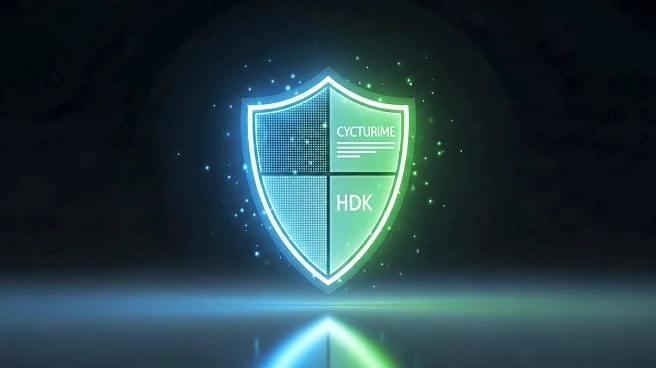What is the story about?
What's Happening?
A new report from OPSWAT, a provider of critical infrastructure protection, reveals a 127% increase in malware complexity over the past six months. The report, presented at Black Hat USA, highlights that traditional detection methods are struggling to keep pace with evolving cyber threats. Notably, 1 in 14 files initially deemed safe by legacy systems were found to be malicious, showcasing the sophistication of modern malware designed to evade detection. OPSWAT's advanced behavioral and machine learning tools have identified various threats, including clipboard hijacking and steganography-wrapped loaders, underscoring the need for integrated, multilayered cybersecurity solutions.
Why It's Important?
The findings from OPSWAT's report underscore the growing challenges faced by cybersecurity professionals in protecting critical infrastructure and enterprise networks. As malware becomes more complex and evasive, traditional detection methods are increasingly inadequate, posing significant risks to organizations relying on legacy systems. The report highlights the importance of adopting advanced cybersecurity measures, such as behavioral detection and machine learning, to effectively combat these threats. Organizations that fail to adapt may face increased vulnerability to cyberattacks, potentially leading to data breaches, financial losses, and reputational damage.
What's Next?
In response to the rising complexity of cyber threats, cybersecurity leaders are urged to prioritize adaptability and shared intelligence. This involves reassessing existing technologies and implementing fast behavioral detection pipelines to stay ahead of evolving threats. As organizations enhance their cybersecurity strategies, collaboration between industry stakeholders will be crucial in developing comprehensive solutions. The report's findings may prompt increased investment in cybersecurity research and development, as well as policy discussions on improving national and global cybersecurity frameworks.
AI Generated Content
Do you find this article useful?














